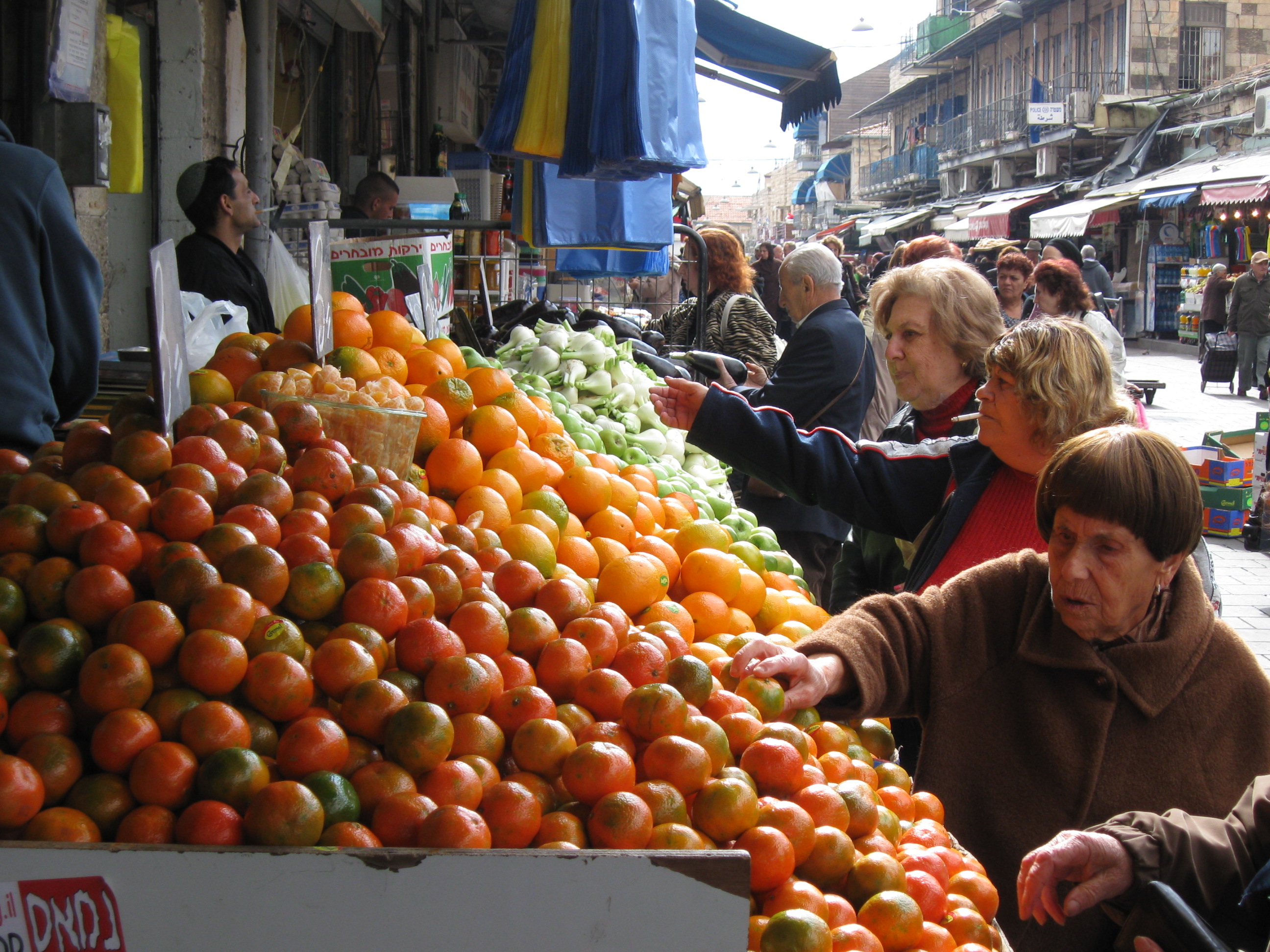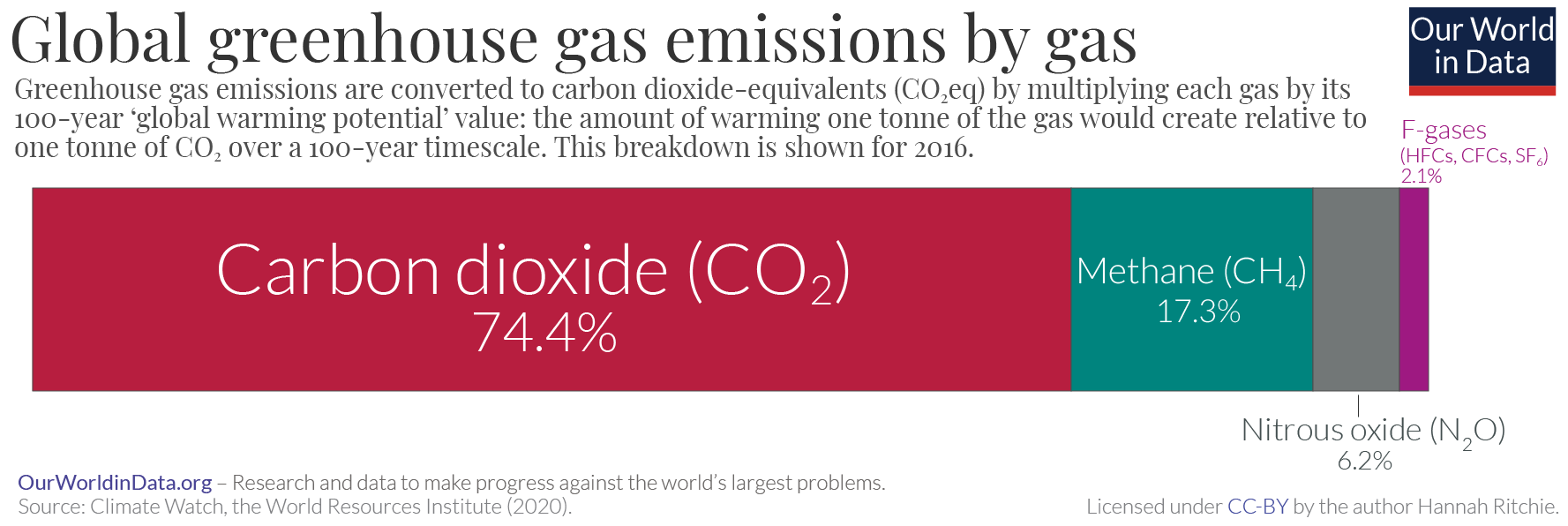|
InterAcademy Panel Statement On Population Growth
The InterAcademy Panel Statement on Population Growth is an international scientist consensus document discussing and demanding a halt of the population expansion. This was the first worldwide joint statement of academies of sciences, and their cooperative InterAcademy Panel on International Issues. It was signed by 58 member academies and began as follows. Let 1994 be remembered as the year when the people of the world decided to act together for the benefit of future generations. Background Between October 24 and October 27, 1993, an international "scientist's top summit" was held in New Delhi, India, with representatives from academies of sciences from all over the world. This grew out of two previous meetings, one joint meeting by the British Royal Society and the United States National Academy of Sciences, and one international meeting organised by the Royal Swedish Academy of Sciences. The scientists discussed the environmental and social welfare problems for the world ... [...More Info...] [...Related Items...] OR: [Wikipedia] [Google] [Baidu] |
Population Expansion
Population growth is the increase in the number of people in a population or dispersed group. The World population, global population has grown from 1 billion in 1800 to 8.2 billion in 2025. Actual global human population growth amounts to around 70 million annually, or 0.85% per year. As of 2024, The United Nations projects that global population will peak in the mid-2080s at around 10.3 billion. The UN's estimates have decreased strongly in recent years due to sharp declines in global birth rates. Others have challenged many recent population projections as having underestimated population growth. The world human population has been growing since the end of the Black Death, around the year 1350. A mix of technological advancement that improved agricultural productivity and sanitation and medical advancement that reduced mortality increased population growth. In some geographies, this has slowed through the process called the demographic transition, where many nations with high ... [...More Info...] [...Related Items...] OR: [Wikipedia] [Google] [Baidu] |
Biodiversity Loss
Biodiversity loss happens when plant or animal species disappear completely from Earth (extinction) or when there is a decrease or disappearance of species in a specific area. Biodiversity loss means that there is a reduction in Biodiversity, biological diversity in a given area. The decrease can be temporary or permanent. It is temporary if the damage that led to the loss is reversible in time, for example through ecological restoration. If this is not possible, then the decrease is permanent. The cause of most of the biodiversity loss is, generally speaking, human activities that push the planetary boundaries too far. These activities include habitat destruction (for example deforestation) and land use intensification (for example monoculture farming). Further problem areas are Air pollution, air and water pollution (including nutrient pollution), over-exploitation, Invasive alien species, invasive species and climate change. Many scientists, along with the ''Global Assessment ... [...More Info...] [...Related Items...] OR: [Wikipedia] [Google] [Baidu] |
Demography
Demography () is the statistical study of human populations: their size, composition (e.g., ethnic group, age), and how they change through the interplay of fertility (births), mortality (deaths), and migration. Demographic analysis examines and measures the dimensions and dynamics of populations; it can cover whole societies or groups defined by criteria such as education, nationality, religion, and ethnicity. Educational institutions usually treat demography as a field of sociology, though there are a number of independent demography departments. These methods have primarily been developed to study human populations, but are extended to a variety of areas where researchers want to know how populations of social actors can change across time through processes of birth, death, and migration. In the context of human biological populations, demographic analysis uses administrative records to develop an independent estimate of the population. Demographic analysis estima ... [...More Info...] [...Related Items...] OR: [Wikipedia] [Google] [Baidu] |
Consumer Behaviour
Consumer behaviour is the study of individuals, groups, or organisations and all activities associated with the Purchasing, purchase, Utility, use and disposal of goods and services. It encompasses how the consumer's emotions, Attitude (psychology), attitudes, and Preference (economics), preferences affect Buyer decision process, buying behaviour, and how external cues—such as visual prompts, auditory signals, or tactile (haptic) feedback—can shape those responses. Consumer behaviour emerged in the 1940–1950s as a distinct sub-discipline of marketing, but has become an Interdisciplinarity, interdisciplinary social science that blends elements from psychology, sociology, Social Anthropology, social anthropology, anthropology, ethnography, ethnology, marketing, and economics (especially behavioural economics). The study of consumer behaviour formally investigates individual qualities such as demographics, personality lifestyles, and behavioural variables (like usage rate ... [...More Info...] [...Related Items...] OR: [Wikipedia] [Google] [Baidu] |
Human Impact On The Environment
Human impact on the environment (or anthropogenic environmental impact) refers to changes to biophysical environments and to ecosystems, biodiversity, and natural resources caused directly or indirectly by humans. Modifying the environment to fit the needs of society (as in the built environment) is causing severe effects including global warming, environmental degradation (such as ocean acidification), mass extinction and biodiversity loss, ecological crisis, and ecological collapse. Some human activities that cause damage (either directly or indirectly) to the environment on a global scale include population growth, neoliberal economic policies and rapid economic growth, overconsumption, overexploitation, pollution, and deforestation. Some of the problems, including global warming and biodiversity loss, have been proposed as representing catastrophic risks to the survival of the human species. The term ''anthropogenic'' designates an effect or object resulting from h ... [...More Info...] [...Related Items...] OR: [Wikipedia] [Google] [Baidu] |
InterAcademy Panel
The InterAcademy Partnership (IAP) is a global network consisting of over 140 national and regional member academies of science, engineering, and medicine. It was founded in 1993 as the InterAcademy Panel (IAP). In 2000, the IAP founded the ''InterAcademy Council'' (IAC) and the ''InterAcademy Medical Panel'' (IAMP). The partnership was established in 2016 when it merged the three inter-related networks into IAP for Health (formerly ''IAMP''), IAP for Science (formerly IAP), and IAP for Policy (formerly IAC). The mission of IAP is for the world's merit-based academies to play a vital role in ensuring that science serves society inclusively and equitably and underpins global sustainable development by advising the public on the scientific aspects of critical global issues. It has released official statements on socially important topics, including the 2015 United Nations Sustainable Development Goals, food and nutrition security, science education, biosecurity, water, science co ... [...More Info...] [...Related Items...] OR: [Wikipedia] [Google] [Baidu] |
Greenhouse Gas Emissions
Greenhouse gas (GHG) emissions from human activities intensify the greenhouse effect. This contributes to climate change. Carbon dioxide (), from burning fossil fuels such as coal, petroleum, oil, and natural gas, is the main cause of climate change. The top contributors to greenhouse gas emissions, largest annual emissions are from China followed by the United States. The United States has List of countries by greenhouse gas emissions per capita, higher emissions per capita. The main producers fueling the emissions globally are Big Oil, large oil and gas companies. Emissions from human activities have increased Carbon dioxide in Earth's atmosphere, atmospheric carbon dioxide by about 50% over pre-industrial levels. The growing levels of emissions have varied, but have been consistent among all greenhouse gases. Emissions in the 2010s averaged 56 billion tons a year, higher than any decade before. Total cumulative emissions from 1870 to 2022 were 703 (2575 ), of which 484±20 (177 ... [...More Info...] [...Related Items...] OR: [Wikipedia] [Google] [Baidu] |
Water
Water is an inorganic compound with the chemical formula . It is a transparent, tasteless, odorless, and Color of water, nearly colorless chemical substance. It is the main constituent of Earth's hydrosphere and the fluids of all known living organisms (in which it acts as a solvent). It is vital for all known forms of life, despite not providing food energy or organic micronutrients. Its chemical formula, , indicates that each of its molecules contains one oxygen and two hydrogen atoms, connected by covalent bonds. The hydrogen atoms are attached to the oxygen atom at an angle of 104.45°. In liquid form, is also called "water" at standard temperature and pressure. Because Earth's environment is relatively close to water's triple point, water exists on Earth as a solid, a liquid, and a gas. It forms precipitation in the form of rain and aerosols in the form of fog. Clouds consist of suspended droplets of water and ice, its solid state. When finely divided, crystalline ice ... [...More Info...] [...Related Items...] OR: [Wikipedia] [Google] [Baidu] |
Topsoil
Topsoil is the upper layer of soil. It has the highest concentration of organic matter and microorganisms and is where most of the Earth's biological soil activity occurs. Description Topsoil is composed of mineral particles and organic matter and usually extends to a depth of 5-10 inches (13–25 cm). Together these make a substrate capable of holding water and air which encourages biological activity. There are generally a high concentration of roots in topsoil since this is where plants obtain most of their vital nutrients. It also plays host to significant bacterial, fungal and entomological activity without which soil quality would degrade and become less suitable for plants. Bacteria and fungi can be essential in facilitating nutrient exchange with plants and in breaking down organic matter into a form that roots can absorb. Insects also play important roles in breaking down material and aerating and rotating the soil. Many species directly contribute to the he ... [...More Info...] [...Related Items...] OR: [Wikipedia] [Google] [Baidu] |
Deforestation
Deforestation or forest clearance is the removal and destruction of a forest or stand of trees from land that is then converted to non-forest use. Deforestation can involve conversion of forest land to farms, ranches, or urban use. About 31% of Earth's land surface is covered by forests at present. This is one-third less than the forest cover before the expansion of agriculture, with half of that loss occurring in the last century. Between 15 million to 18 million hectares of forest, an area the size of Bangladesh, are destroyed every year. On average 2,400 trees are cut down each minute. Estimates vary widely as to the extent of deforestation in the tropics. In 2019, nearly a third of the overall tree cover loss, or 3.8 million hectares, occurred within humid tropical primary forests. These are areas of mature rainforest that are especially important for biodiversity and carbon storage. The direct cause of most deforestation is agriculture by far. More than ... [...More Info...] [...Related Items...] OR: [Wikipedia] [Google] [Baidu] |
Starvation
Starvation is a severe deficiency in caloric energy intake, below the level needed to maintain an organism's life. It is the most extreme form of malnutrition. In humans, prolonged starvation can cause permanent organ damage and eventually, death. The term ''inanition'' refers to the symptoms and effects of starvation. Starvation by outside forces is a crime according to international criminal law and may also be used as a means of torture or execution. According to the World Health Organization (WHO), hunger is the single gravest threat to the world's public health. The WHO also states that malnutrition is by far the biggest contributor to child mortality, present in half of all cases. Undernutrition is a contributory factor in the death of 3.1 million children under five every year. The results also demonstrates that as global hunger levels have stabilized, however, despite some progress in specific areas such as stunting and exclusive breastfeeding, an alarming number of ... [...More Info...] [...Related Items...] OR: [Wikipedia] [Google] [Baidu] |






